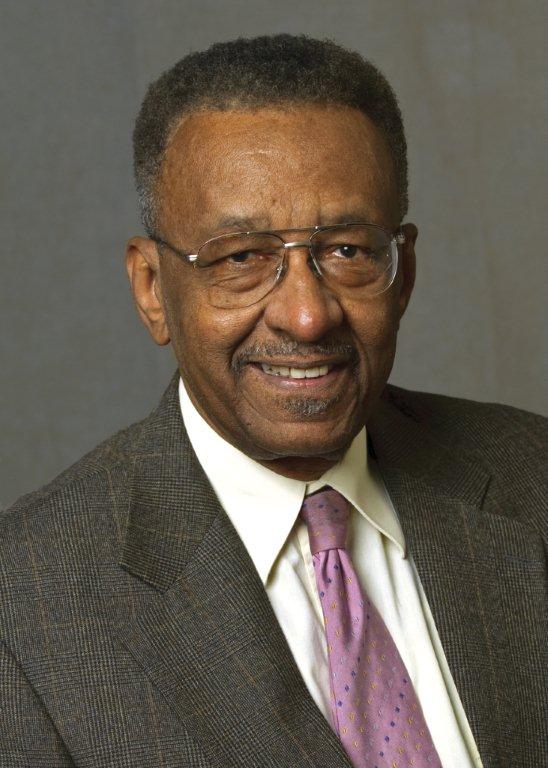Each semester, I spend a few minutes explaining to my students, both graduate and undergraduate, the first and second laws of thermodynamics.
Why? Mother Nature permits us to do many things, but she prohibits the construction of machines of the first and second kinds. The first is a something-for-nothing machine, and the second is a perpetual motion machine. If students understand this, they can’t be tricked into believing there’s a free lunch.
Dr. Paul Krugman, Princeton University economist and New York Times writer, apparently believes in the machine of the first kind. In his column “After the Horror” (New York Times, Sept. 14, 2001), he says, “Ghastly as it may seem to say this, the terror attack – like the original day of infamy, which brought an end to the Great Depression – could do some economic good.” He suggests that the destruction will stimulate the economy through business investment in rebuilding.
We know this has to be fishy just by asking: Would there have been even greater “economic good” had the terrorists succeeded in destroying buildings in Los Angeles, San Francisco, Chicago, Philadelphia, Boston and all other major cities? Of course, you and I know that is utter nonsense. Property destruction always lowers the wealth of a nation. I hope one of Krugman’s students asks him, “If property destruction is good for the economy, why aren’t Beirut and Belfast boom towns?
There’s another question related to both the Krugman article and measures that Congress is considering to jumpstart the economy: Where does the government or private money come from for rebuilding the destruction or bailing out the airlines? If it came from the Tooth Fairy or Santa Claus, then at least some of what Krugman and politicians say has some merit. They both might benefit from reading French economist (1801-1850) Frederic Bastiat’s pamphlet “What is Seen and What is Not Seen,” where he writes, “There is only one difference between a bad economist and a good one: The bad economist confines himself to the visible effect; the good economist takes into account both the effect that can be seen and those effects that must be foreseen.”
Since the money going to rebuild the destruction or bail out the airline industry doesn’t come from the Tooth Fairy or Santa, we might ask what would have been done with the money if it weren’t spent rebuilding destruction or bailing out the airline industry? What is seen is the employment associated with the rebuilding and the bailout. What is unseen is what the money would have been used for.
Not asking this question commits the “broken window fallacy.” This is a story where a vandal smashes a baker’s window. A person in the crowd that gathered (it could be Krugman) tells the baker there’s a good side to his misfortune. It will create a job for the glazer, and when the glazer spends the $100 there will be multiplier effects that stimulate the village’s economy.
That’s the seen. The unseen is that the baker would have spent that $100 to buy a suit, and it would have created employment for the tailor. Had the vandal not struck, the baker would have had a window plus a suit; now he has just a window. Of course, there’s greater employment for glazers, but at the expense of less employment for tailors.
Steps Congress could take to jumpstart the economy are cuts in the capital gains tax and taxes in general, and deregulation. But guess what: Krugman is against these steps; he calls them political opportunism. I call them sound economics.
